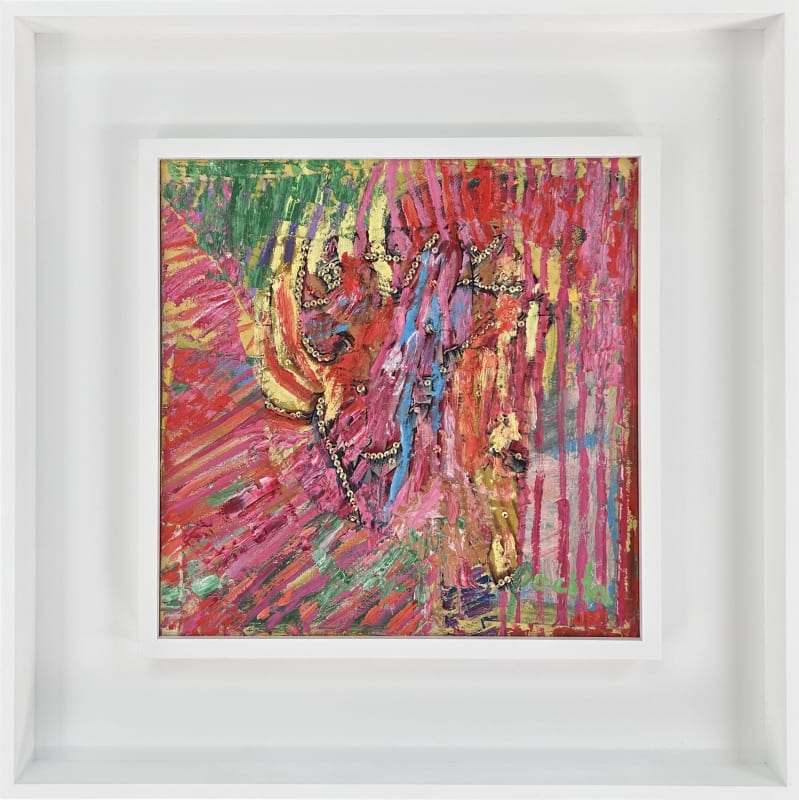In 1943, Peggy Guggenheim organized 31 Women, the first exhibition in the United States devoted entirely to women artists. More than eighty years later, ‘9 Women, 20th Century’ held at Nagas in New York takes up the spirit of that landmark show and extends it. The exhibition brings together works by nine women who made distinct contributions to the major artistic movements of the past century, many of whom remain overlooked today.
The exhibition opens with a quiet portrait of the writer Colette by Elisabeth Fuss‐Armoré, a painter active in the intellectual circles of 1920s Paris. Colette, known for her literary explorations of bisexuality and female independence, sets the tone for a show concerned with self-invention, freedom, and the margins of visibility.
From Surrealism to Abstract Expressionism, the works trace diverse paths through modernism. Leonor Fini’s drawing of a witch, the only one included in her autobiographical Livre de Leonor Fini, appears alongside Leonora Carrington’s dreamlike horse from her interment in Spain and Grace Pailthorpe’s vibrant watercolor shaped by psychoanalytic theory.
Elsewhere, Californian artist Jennie Lewis depicts San Francisco architecture in modern artworks, while Louise Janin’s experiments in Symbolism, Musicalism, and her swirling cosmogrammes which reflect a spiritualism rooted in Eastern philosophies. The abstract paintings of Mary Abbott and Amaranth Ehrenhalt speak to their deep involvement with the New York and Paris avant-garde. The exhibition closes with a late work by Pacita Abad, whose richly textured trapunto paintings, layered with stitching and sequins, pushed painting toward a tactile and physical experience.
Together, these nine artists expand our understanding of modern art—not as a linear story of male innovators, but as a broader field shaped by women whose lives and work crossed movements, geographies, and mediums.








